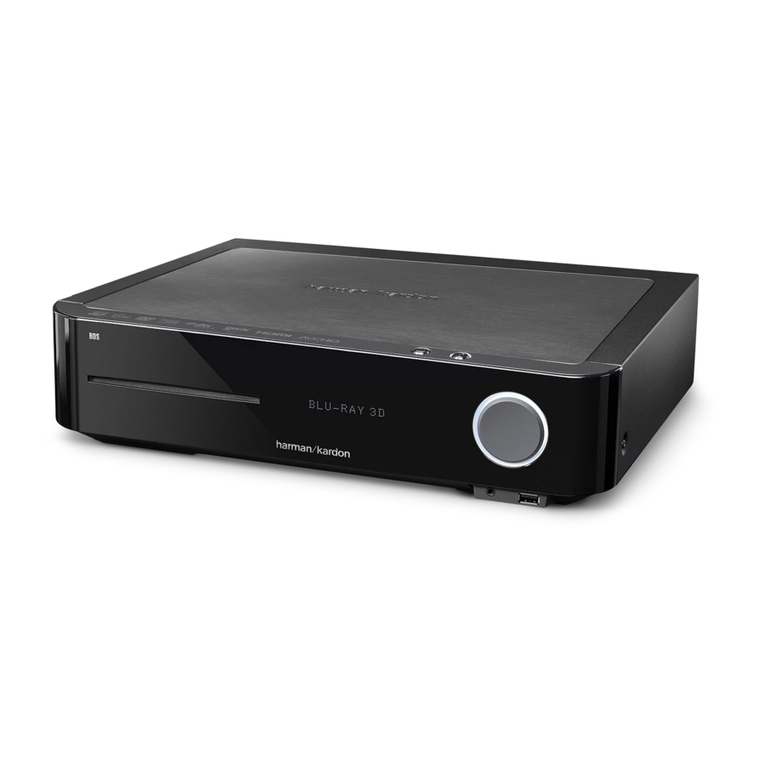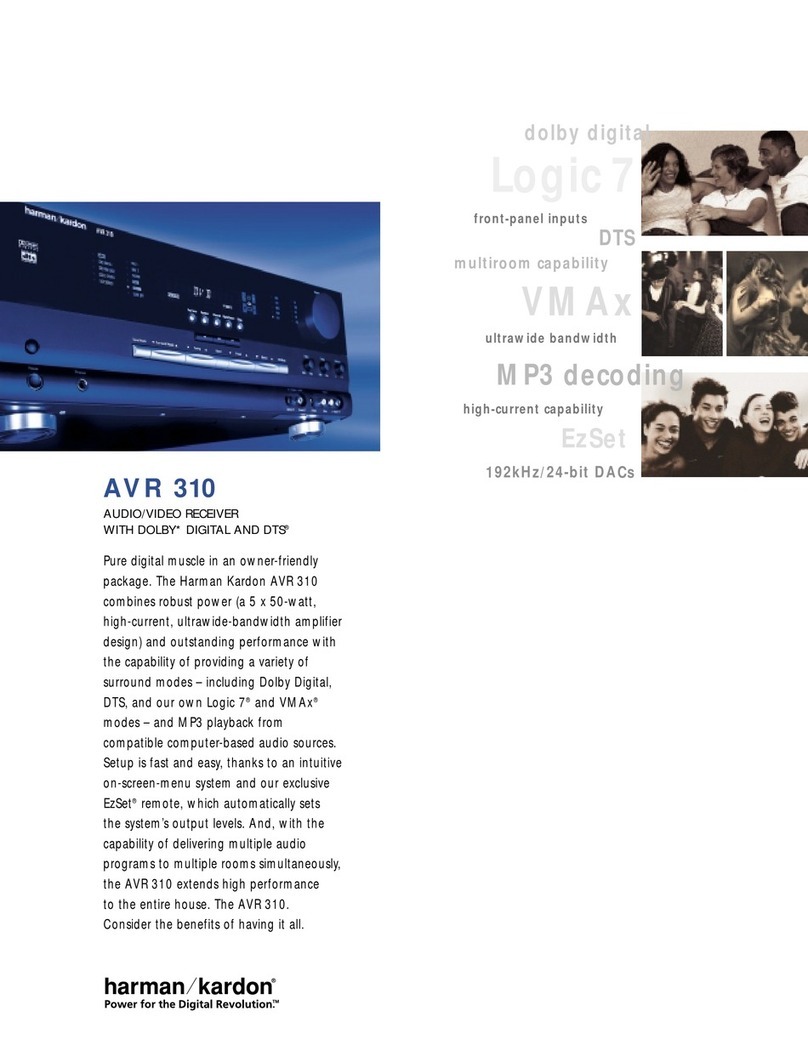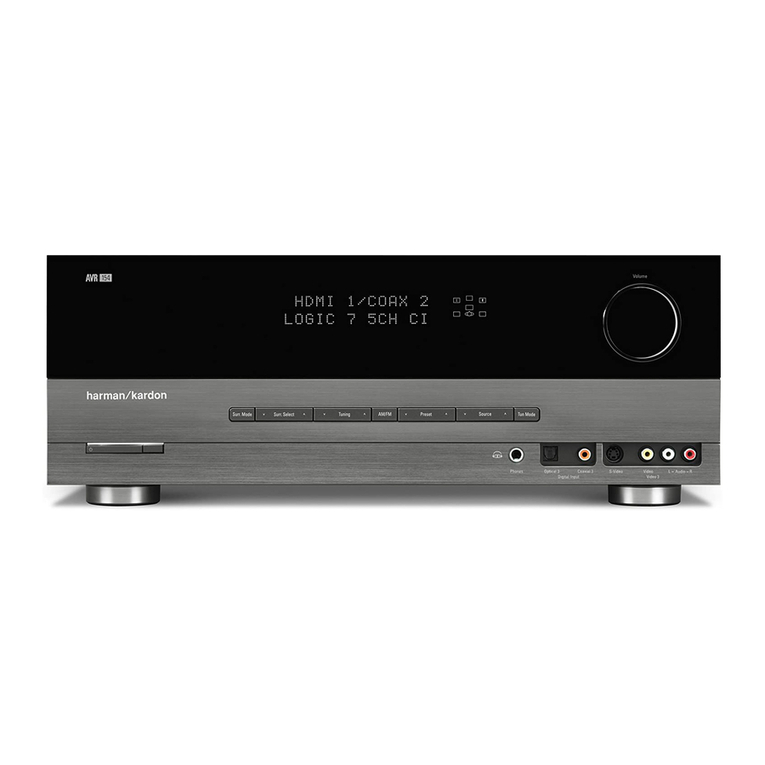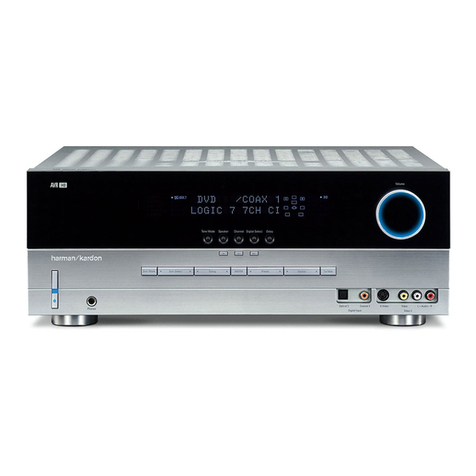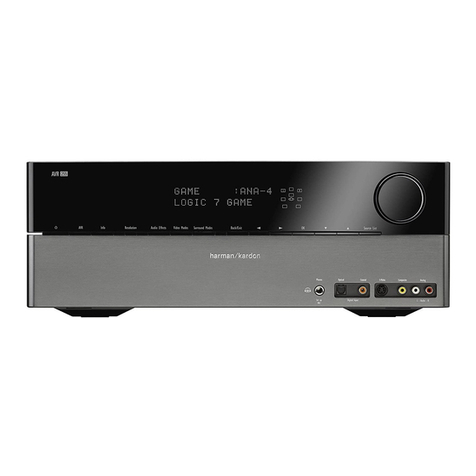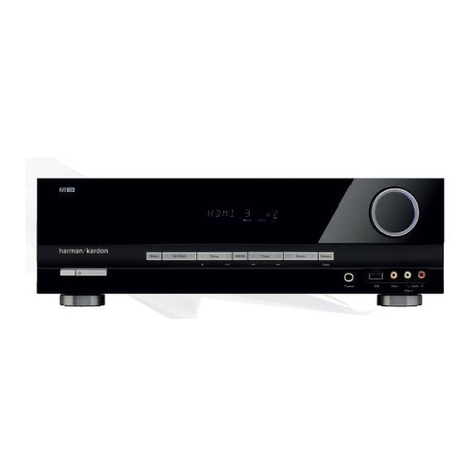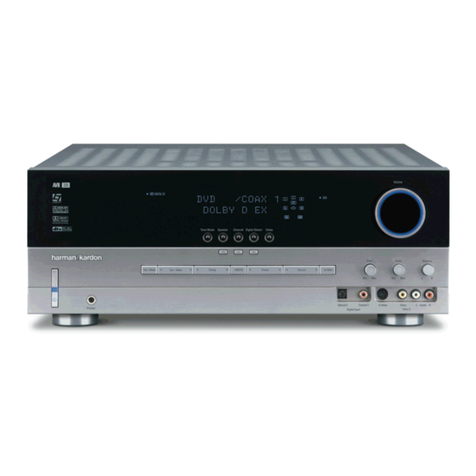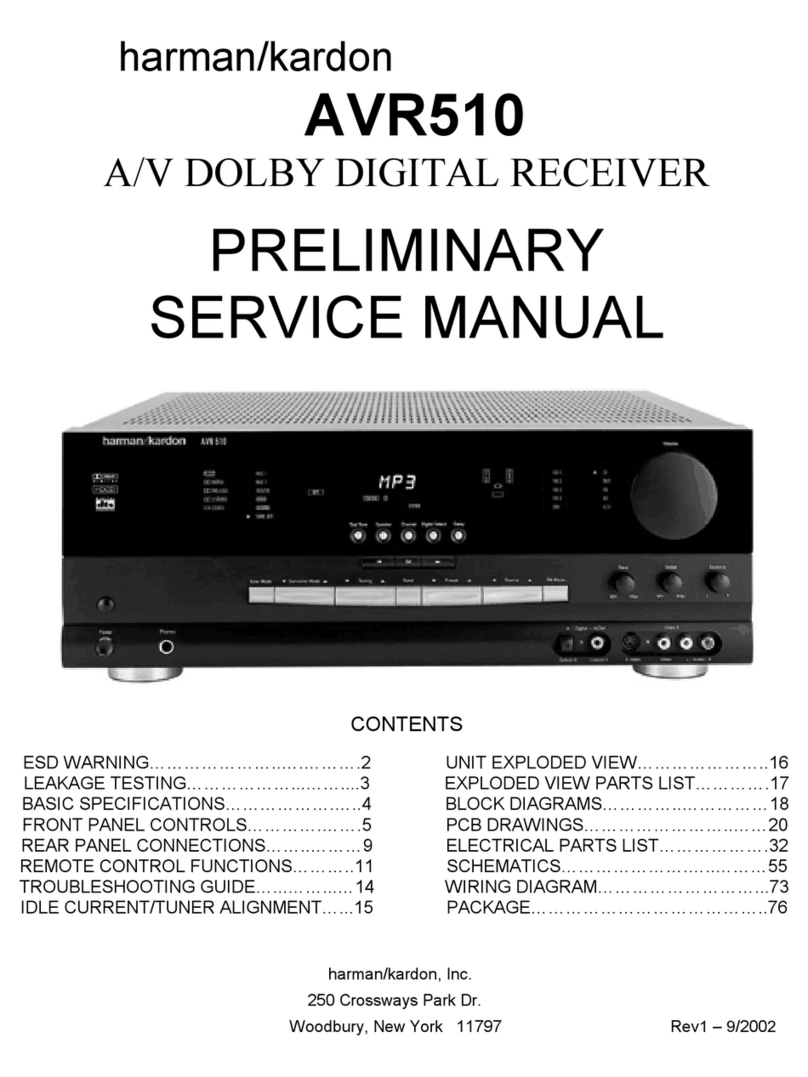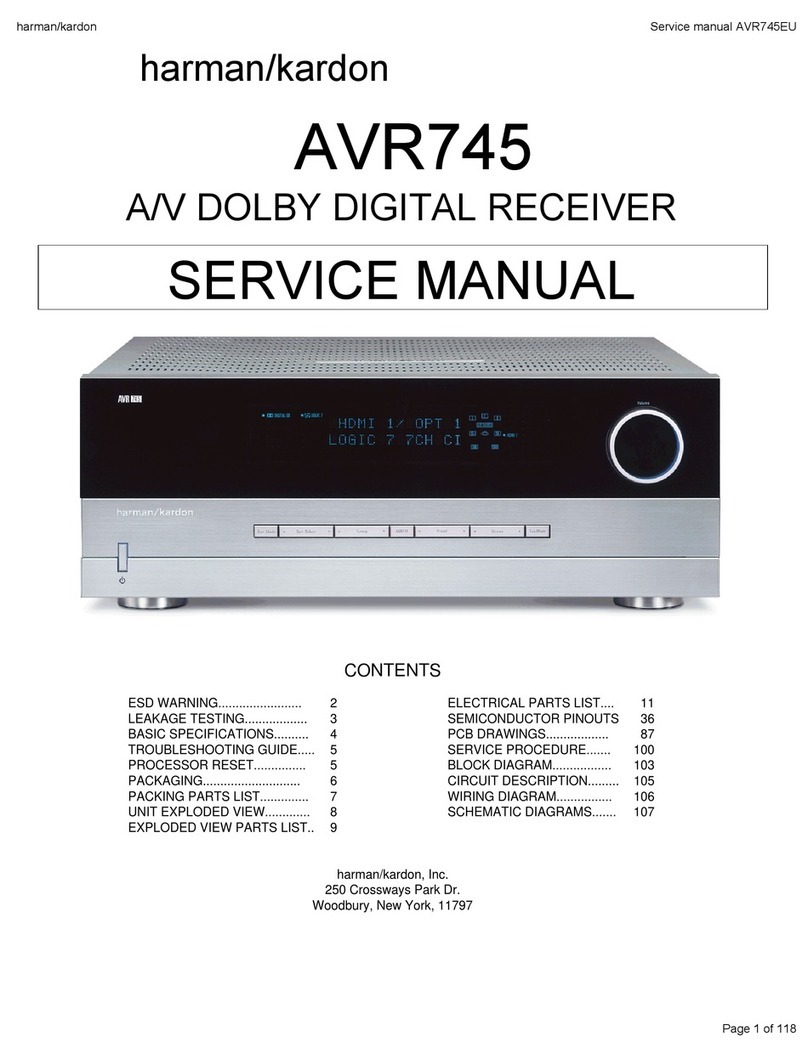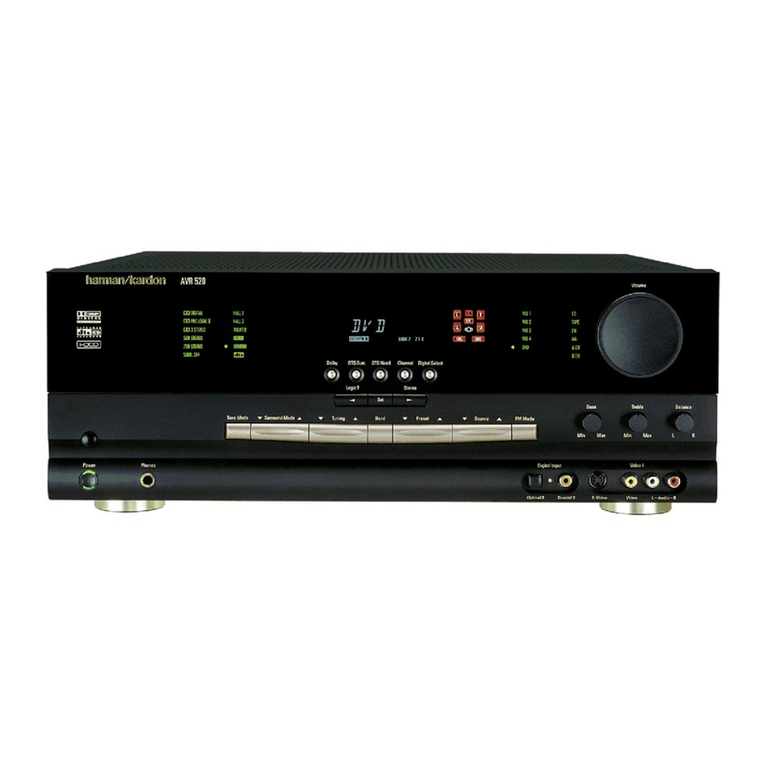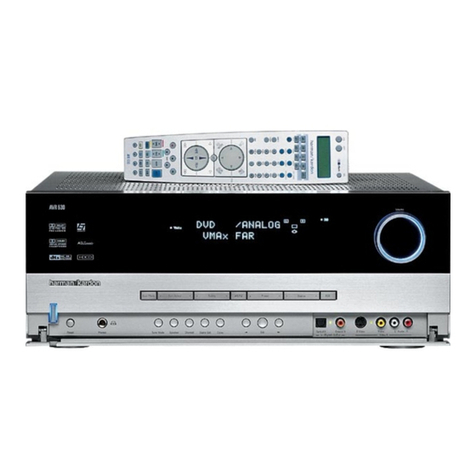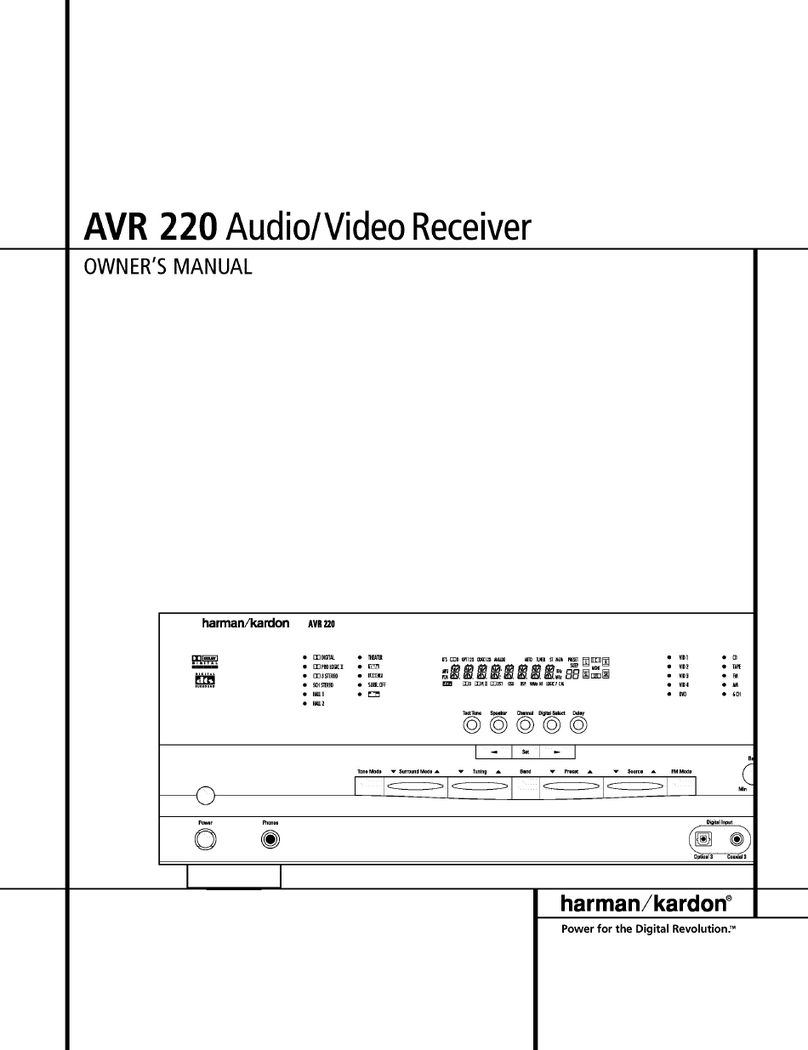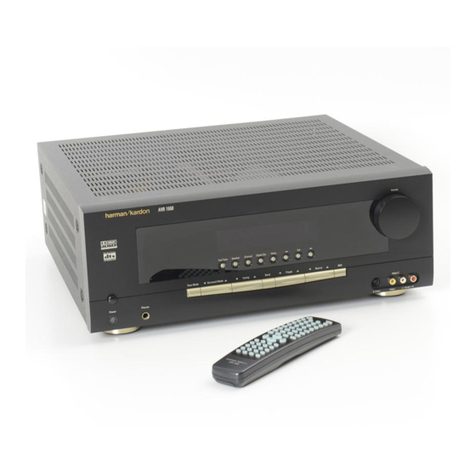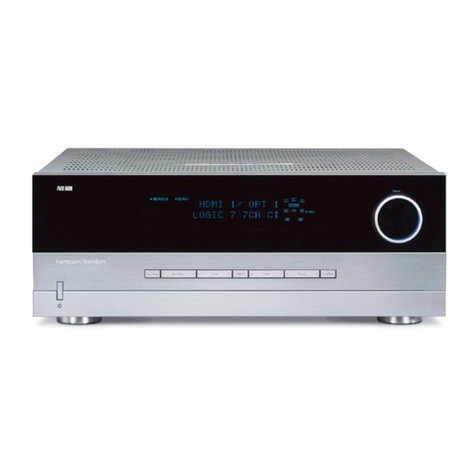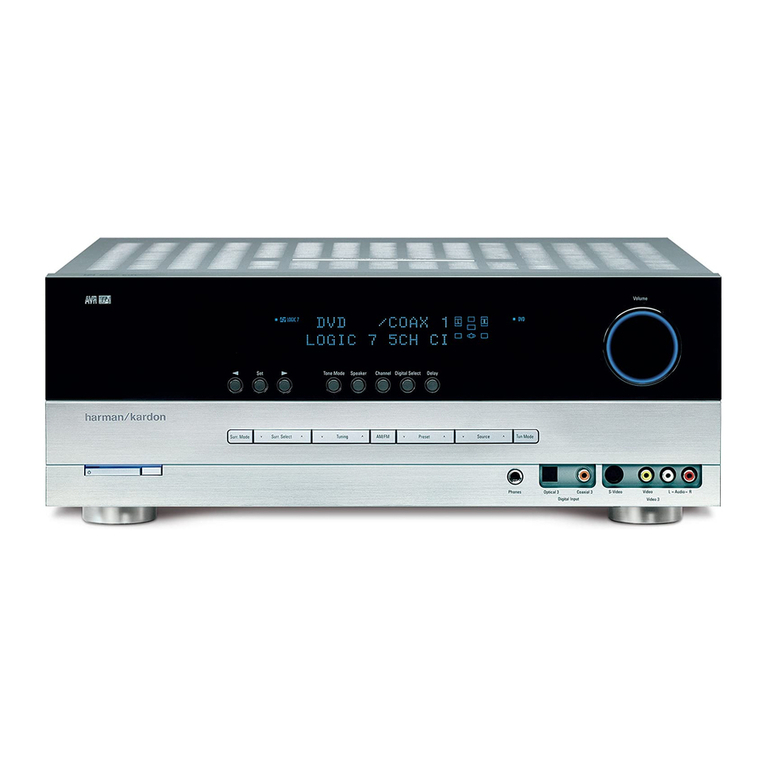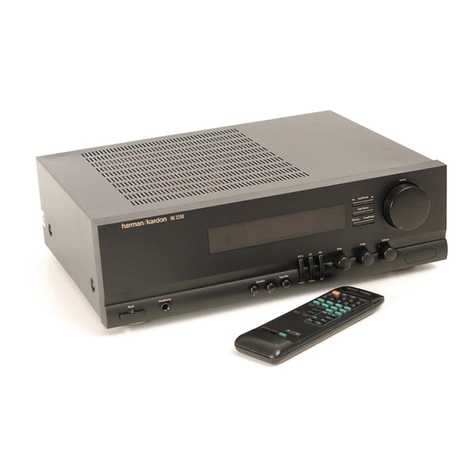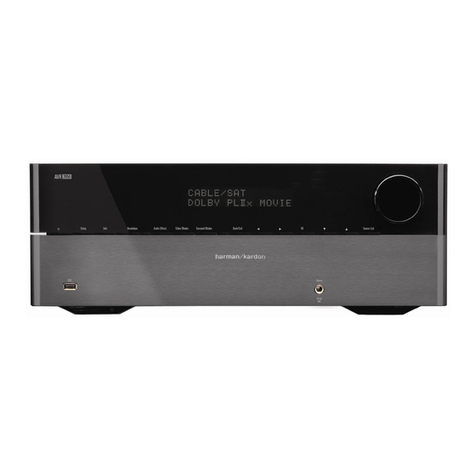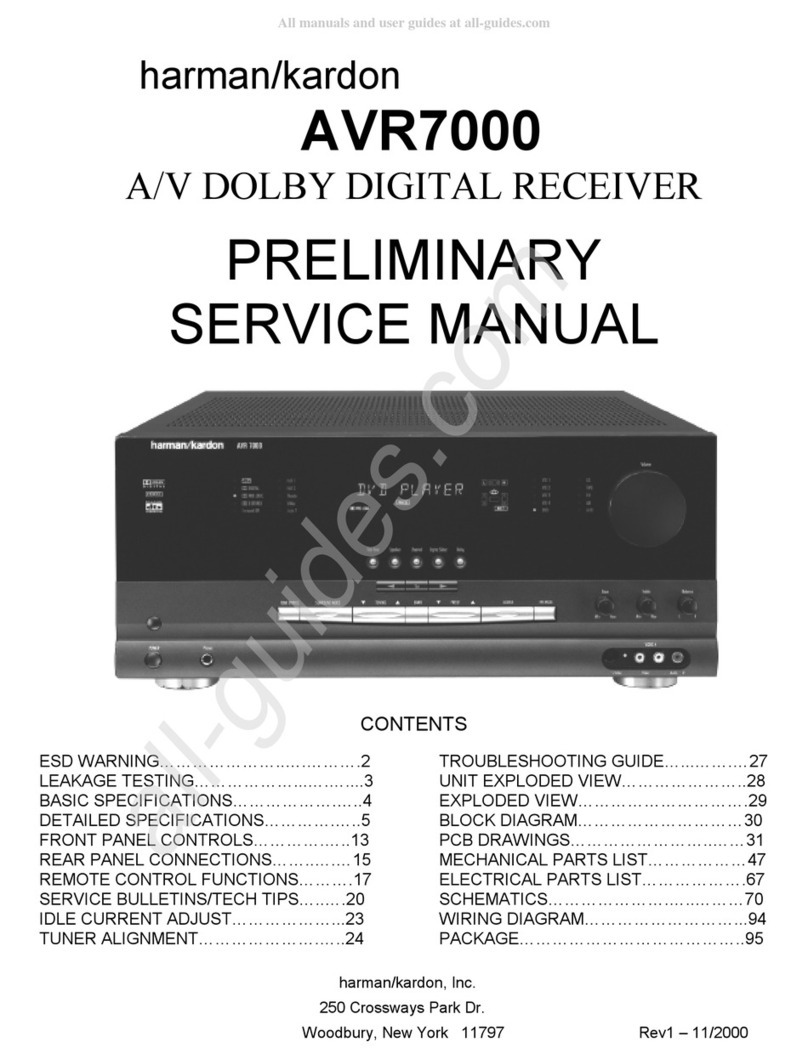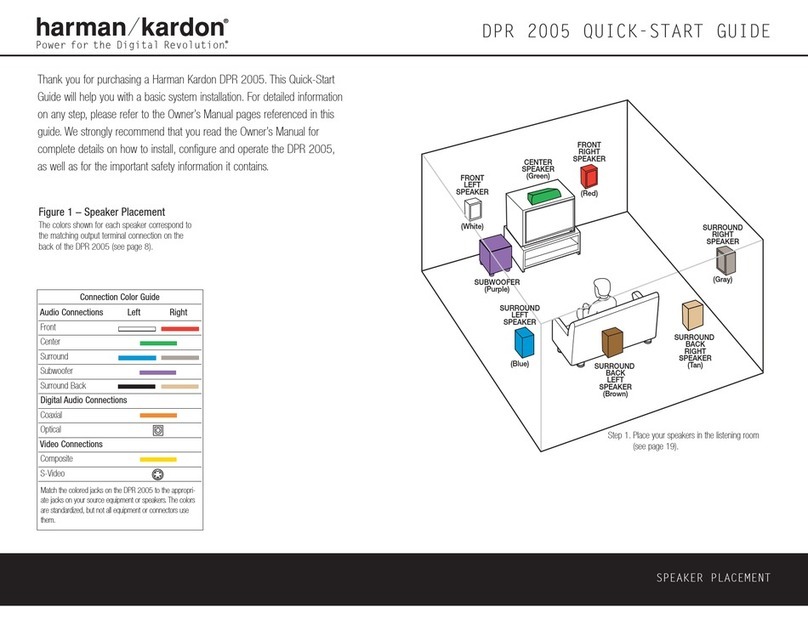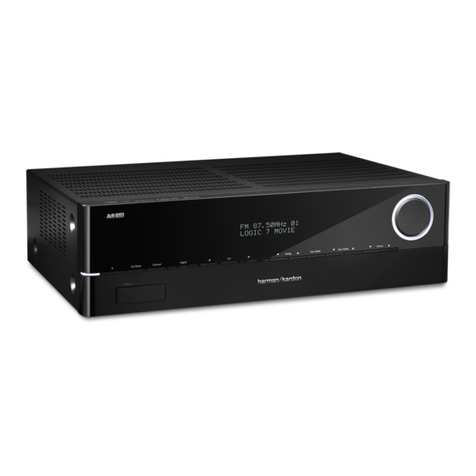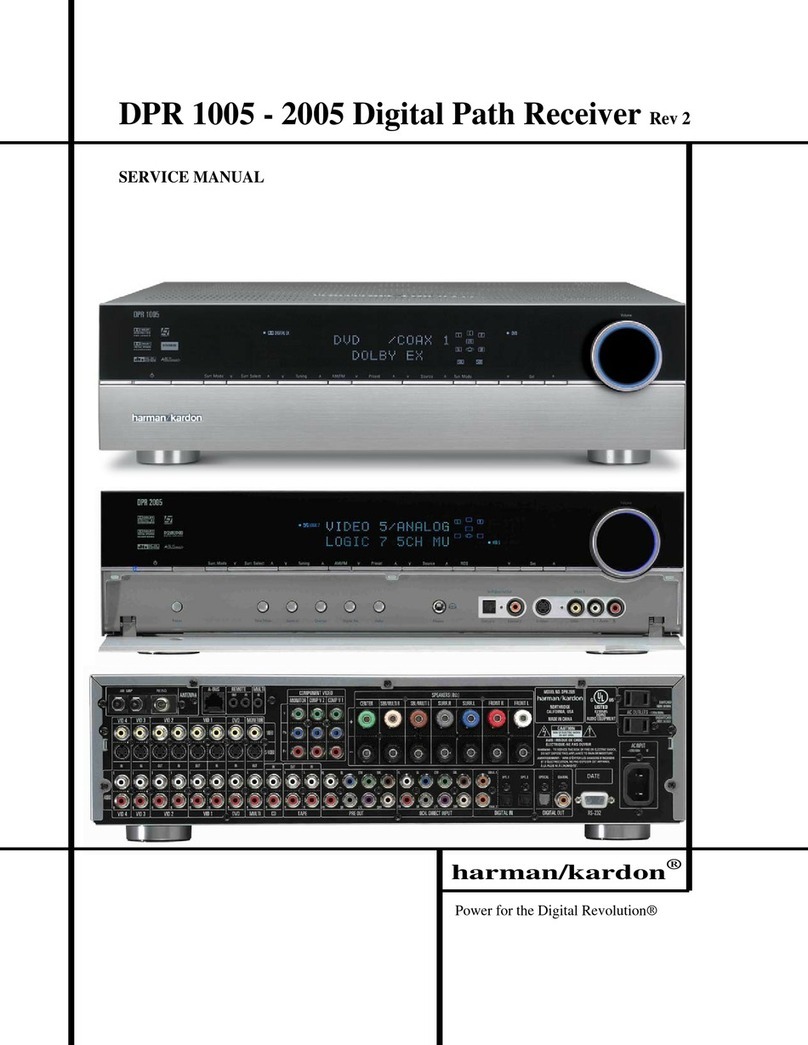FUNCTION SELECTOR SWITCH
The Function Selector Switch selects the desired type of program source to
be heard thru your system.
1.
PHONO MONO: Selects your record player for monophonic operation.
2.
PHONO STEREO: Selects your record player for stereophonic operation.
3. TAPE AMPIAUX: Selects any program source such as tape recorder,'
the output of your television set, or any other high level equipment con-
nected to the tape amp/aux receptacles on the rear of your receiver.
4. FM MONO: Selects the FM section of your receiver. In this position you
can listen to stereophonic broadcasts monophonically while monophonic
broadcasts will appear unchanged.
5.
FM STEREO: This is the normal listening position for all monophonic
or stereophonic FM broadcasts. In this position the stereo indicator light
and automatic switching circuit built into your receiver are operative. For
further details see the paragraphs on "Stereo Indicator Light" and
"Selecting Monophonic or Stereo FM Broadcasts".
6. AM: This position selects the AM section of your receiver for AM recep-
tion. (Two Ten only)
TAPE MONITOR SWITCH
If
your tape recorder has a special monitoring feature throwing the tape
monitor switch to the "in" position will enable you to listen to your tapes a
second after they are recorded. When not in use, this switch must be in the "out"
position. If your tape recorder does not have any monitoring feature, throwing
this switch will result in zero output from your speaker system.
SPEAKER SELECTOR SWITCHES
Refer to paragraph on speaker connections
TUNING METER
Your receiver incorporates a D'arsonval movement tuning meter for precise
tuning of your receiver.
Proper tuning
is
indicated by maximum deflection (higher number) of the
needle. Stronger stations show greater needle movement.
TUNING
The tuning knob, located directly to the right of the dial glass is used to
select the desired FM station when your selector switch is in the FM mono or
FM stereo position.
SELECTING MONOPHONIC OR FM STEREO BROADCASTS
Under normal use for all FM broadcasts the function Selector Switch should
be placed in the FM STEREO position.
Your receiver
is
equipped with a stereo sensing circuit which can auto-
matisally determine
if
your unit
is
receiving monophonic or stereophonic broad-
casts, and then automatically adiust the mode of operation.
If the station
is
transmitting stereo, your receiver will automatically switch
in the multiplex section and you will hear the broadcast in full stereo. S-houldthe
station conclude broadcasting in stereo, your receiver will automatically switch
back to monophonic reception.
Should you receive a weak stereo signal whose quality has been degraded
by noise or poor signal conditions, and you wish to listen to this stereo broadcast,
monophonically, place the function selector switch in the FM MONO position.
STEREO INDlCATOR
A stereo indicator
is
located directly behind the FM dial glass and operates
in conjunction with the FM Stereo position of the Function switch. The indicator
visually indicates the reproduction of FM stereo through your receiver.
To tune for FM stereo proceed as follows:
1. Place the function selector switch in the FM Stereo position.
2.
Tune carefully to the desired station, using your tuning meter for maxi-
mum deflection. Your stereo indicator will now show
if
you are tuned to
a stereo program. If the indicator is OFF, the program you are listening
to
is
being broadcast monophonically.
DIAL SCALE
The Dial Scale on your Two Hundred receiver is marked with two
(2)
scales, an FMfrequency scale
(88-108
mc) and a logging scale (0-100). The Two
Ten receiver however is marked with three
(3)
scales, an AM frequency scale,
FMfrequency scale, and an
FM
logging scale.
Since most
FM
stations operate on frequencies which are not whole numbers
(such as 96MC as compared to 96.3) ideally each megacycle division on the
frequency scale should be divided into 10 parts to enable the user to pinpoint
the location of the station. This would require a dial scale which would be longer
than the front panel.
The logging scale which
is
divided into 100 equal parts provides a means
of finding your favorite station, once you have noted its position on the logging
scale. For example, in New York City, WQXR operates on 96.3 MC. After locating
this station through the use of the frequency scale (between
96
and 98 MC), you
find that the pointer may fall on 46 on the logging scale. Make a note of this
setting and when you next want to tune taWQXR, all that
is
necessary is to set
the pointer to 46 on the logging scale.
EQUALIZATION
In order to achieve good reproduction of the wide range of frequencies in
music and to make necessary adjustments for the limitations of the recording
technique, record manufacturers have found it necessary to modifi the actual
frequency response of the music.while it
is
being recorded. Thus, to avoid over-
cutting and consequent distortion, a measured and deliberate reduction
is
effected in low frequency response by selecting a "turnover frequency" and by
recording attenuated response below that point. To assure optimum signal to
noise at the high frequency end when the record
is
played at home, the highs are
deliberately exaggerated during the recording process. A measured and deliber-
ate boost
is
effected above a certain frequency. This combination of deliberate
exaggeration at the low and high ends of the frequency response can be
expressed in a recording curve. When the record is played a mirror image of that
curve should be available so that the ideal "flat" response may be achieved.
The PHONO positions of the Function Selector automatically select the
proper equalization that is required.
